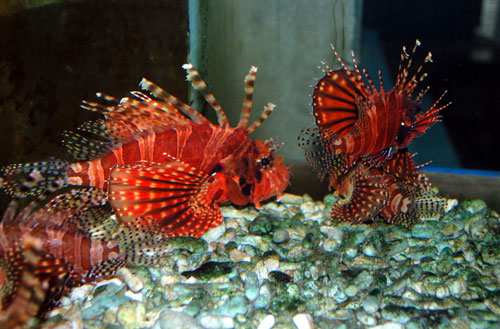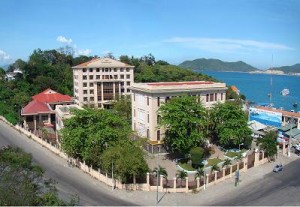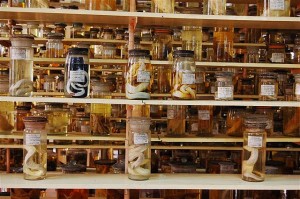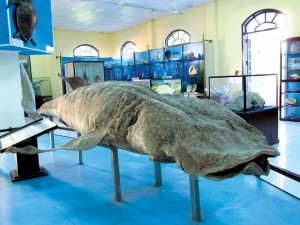Nha Trang is always a favorite destination for beach lovers. Someone like Nha Trang for its beautiful coast and fine white sands, the others love to visit the islands and activities on it. And today, I will give you one more reason to travel to Nha Trang. Let’s see.
Location: Institute of Oceanography is situated on a high large area at No.1, Da Bridge, Nha Trang City, Khanh Hoa Province.
Characteristics: Being established in 1923, Institute of Oceanography is one of the first centers for marine scientific research in Vietnam and regarded as the biggest foundation for exhibits conservation and marine research in the Southeast.
Coming to the Institute, visitors will observe a marine ecological museum with over 20,000 specimens from more than 4,000 sea and fresh water creatures collected and preserved for many years. Besides, many other living specimens are kept in glass tanks.
Talking about Institute of Oceanography, we can not ignore its important department. That is Museum of Oceanography, which was very popular from 1930s last century with common name “Aquarium of Nha Trang Institute”. At present, Museum of Oceanography has been invested to upgrade, enlarge and develop into whole-bound complex including tanks for marine researches, sightseeing as well as public education; and a biggest system of sea specimens keeping houses. Many specimens were sent to different labs and museums in the world.
In Institute of Oceanography, not only do visitors admire the beauty of hundreds of tropical sea creatures, but also study over 10,000 preserved creatures of the East Sea. The sea specimens include existing species in Vietnamese, Cambodian seas and neighboring areas, some of them are rare sea creatures in risk of extinction such as Dugong.
Particularly, the museum conserves and displays giant whale skeleton of about 26 m in length, 3 m in height that was buried under the ground in Red River Delta for over 200 years at least. This is really a precious historical natural relic. The museum also introduces the tourists the natural features of the East Sea, minerals and valuable resources, environmental landscapes of inshore coast areas, rich ecosystems such as mangrove forest, coral reefs, sea carpets… to remind everybody improving awareness of protecting environmental landscapes and resources for the sake of next generations in the future.
Museum of Oceanography is becoming Vietnam’s introduction, display and traditional education center on conquering, exploiting and protecting the East Sea. This marine cultural heritage center is in need to be and developed.
In coming time, the Institute will open a high-tech zone of sea creature domestication to serve for policy on Vietnam marine economic development. Hopefully, the visitors will have ideas for business and create new tourism products after the visit to the Institute.



